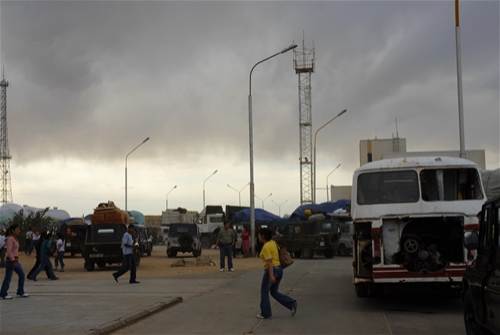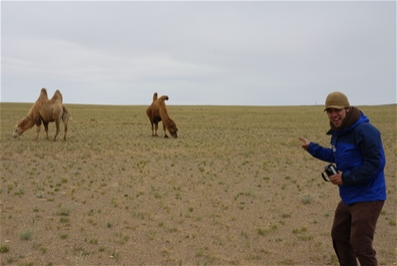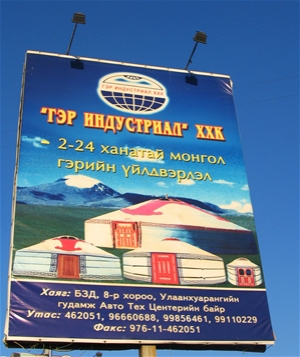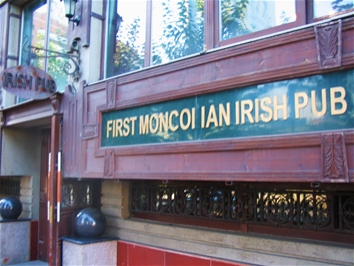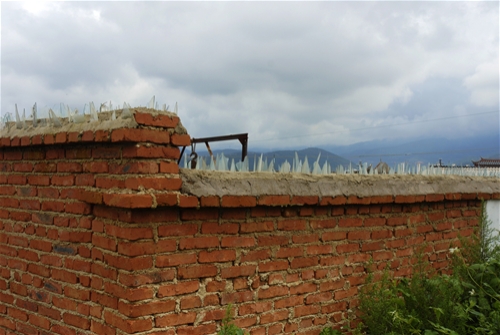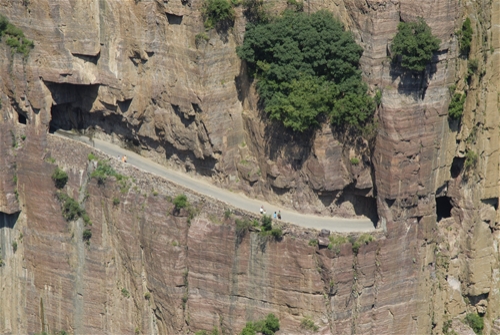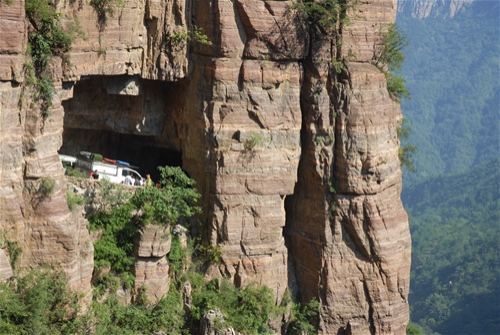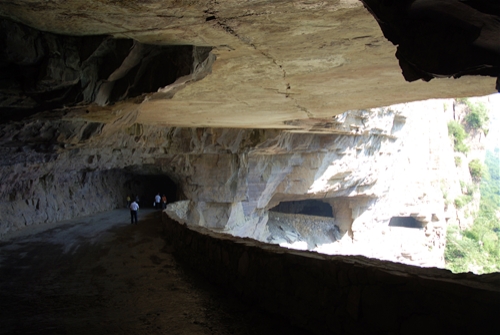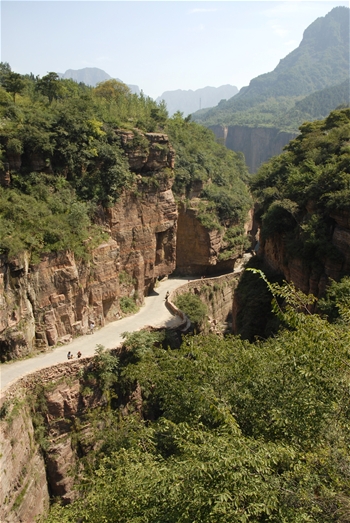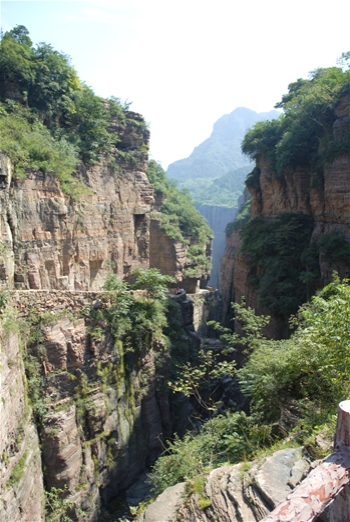It has been a few days since our last blog posting, but out here in the wild, wild west, I mean east, when you drive 20 minutes outside of Ulaanbaatar, you are pretty much stepping back into the past and things like internet connections do not exist nor are they necessary. We recently got back from a five day adventure 300 kilometers west of UB and it was quite an experience… so much so that it merits its own blog, so I will stick to the basics and cover the adventure of simply getting to our destination in this post.
Before we got to Mongolia, we had heard about the road conditions in the country, or quite literally, the lack of roads entirely. It is hard to really imagine a country without roads, but once you arrive, the reality sets in. We wrote previously about our experiences of crossing the Gobi Desert, but believe it or not, the further west you head the more difficult the terrain becomes. What was once open grassland, sand and relatively smooth dirt tracks soon give way to mountains and rocky, rugged surfaces that like to take nice little chunks out of your 10 ply off-road tires… tyres for our international friends. The Mickey Thompson tires on the Thundra are still holding up extremely well but I don’t think Mickey himself could imagine the conditions you encounter here in Mongolia.
The Russian UAZ-469 is the vehicle of choice for navigating the "roads" here in Mongolia but I’ll take the Thundra any day
Paved surfaces exist in UB and some of the other major cities and towns, but considering over half of the roughly 2 million people that call Mongolia home live in UB, the vast majority of paved roads occupy a very, very small area of Mongolian real estate. Outside of the population centers, the road basically consists of a series of jeep tracks and trails that wind their way in a chaotic fashion throughout the countryside. There is evidence of road construction in the form of the "millennium road" that will span the length of Mongolia from east to west, but from what I saw, we might be well into the next millennium before that project is even close to being completed. For the time being, it is pretty much every vehicle for themselves.
Pick a path… any path
At first glance, the swath of tracks that crisscross the barren landscape seem like they would be pretty easy to follow, but eventually, you end up jumping on one that for whatever reason comes to an abrupt end or veers off in a direction completely opposite from the one you need to be going. Even with the aid of local experts in the Thundra with me, I still managed to get off-track a few times over the course of the last few days. When you do manage to get off the right trail, you are forced to drive cross-country until you are reunited with a more heavily worn track that will eventually lead to a more heavily worn track and so on and so forth. If it were not for the built-in compasses in the Toyotas and a pair of good binoculars, we could potentially be in a bit of trouble.
When in doubt, follow a Mongolian biker gang
A few people we have met here in Mongolia have strongly suggested the purchase of a GPS system, but we have been reluctant to buy one because a) Steve and I are both ex-Boy Scouts and like to think we know a thing or two about orienteering b) we don’t want come across as being total pansies in the company of our burly Mongolian friends and c) we are totally broke so can’t really afford one anyway. In fact, due in part to the fact that there are no developed roads or road signage of any sort here in Mongolia, Lonely Planet goes as far as listing all of the popular sites and towns by their GPS coordinates. I guess that is convenient for some, but none of the Mongolians we have met use or posses GPS units and we have managed to find our way through over 1,000 kilometers of some of the most remote countryside in the world… kudos to the Scouts (with some added local assistance of course). When all else fails, there is also the local version of GPS – the Ger Positioning System. No matter where you are in Mongolia, the door of a Ger is always pointing due south.
Don’t get me wrong, it is actually pretty easy for a westerner to find their way from place to place if they have a descent head screwed on their body. If on the odd chance you do come across a dead end, you simply drive across a field, find a highpoint to check your bearings or ask a herder which way the door on his Ger is facing and you are back on track… or at least one of them. In the end, this is all part of the adventure of driving around the world.
You know you are on the right track when you come across a Mongolian roadhouse… made up of Gers of course




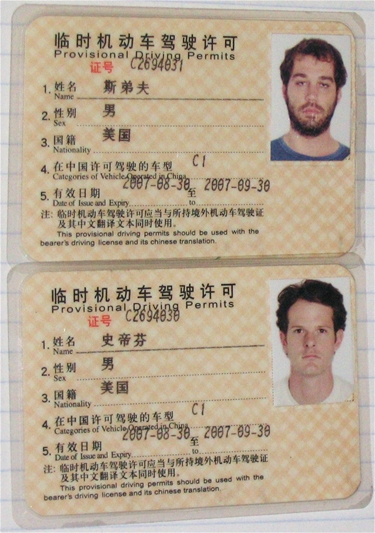
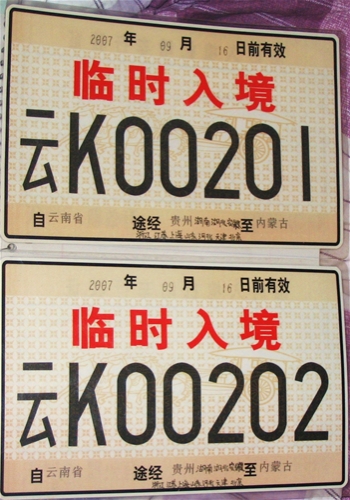

 At this point the sun was going down and we were on our way into the heart of the
At this point the sun was going down and we were on our way into the heart of the  markers to find my way. Never did I expect to think of camels at a gas station as the usual. This is Mongolia and this is the Gobi, and it has never been so apparent since we left just how far away from home we have managed to get.
markers to find my way. Never did I expect to think of camels at a gas station as the usual. This is Mongolia and this is the Gobi, and it has never been so apparent since we left just how far away from home we have managed to get.




